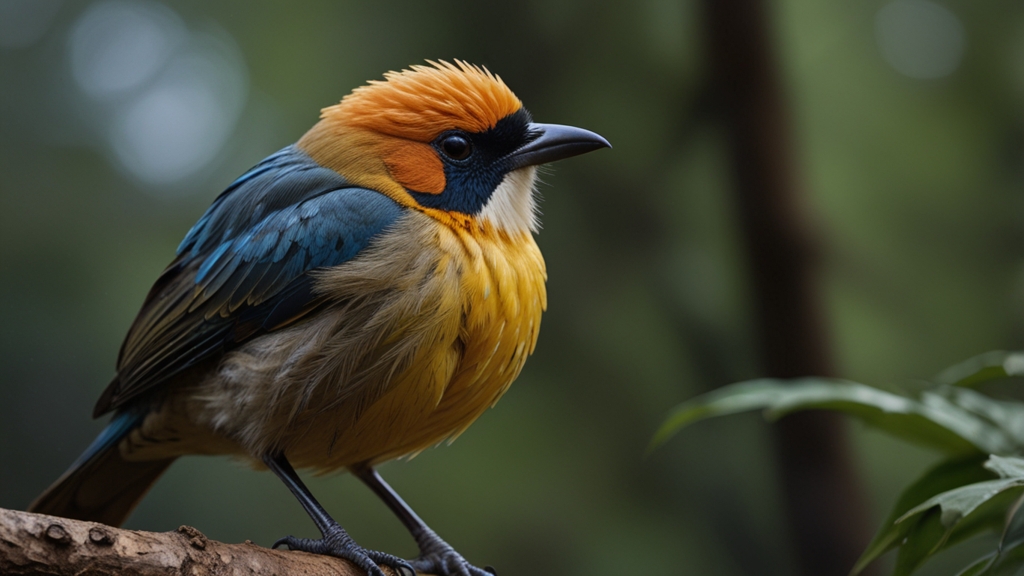Introduction to Mindfulness
Mindfulness, the practice of being present and fully engaged in the moment, has gained traction in recent years as a powerful tool for maintaining mental health and well-being. While it has traditionally been practiced by adults, mindfulness can offer significant benefits to children as well. Teaching mindfulness to your children can help them develop emotional regulation, improve focus, and foster a greater sense of calm.
The Benefits of Mindfulness for Children
Before diving into how to teach mindfulness, it's essential to understand why it's beneficial for children. Here are some key advantages:
- Emotional Regulation: Mindfulness helps children recognize their emotions and respond to them in a healthy manner.
- Focus and Concentration: By practicing mindfulness, children can improve their attention spans and develop better focus.
- Stress Reduction: Mindfulness techniques can help children manage stress and anxiety effectively.
- Enhanced Relationships: Mindfulness fosters empathy and compassion, improving children's relationships with peers and family members.
Building a Mindful Environment
To effectively teach mindfulness to your children, it's crucial to create an environment that fosters these practices:
- Calm Space: Dedicate a quiet, comfortable area in your home for mindfulness activities.
- Modeling Behavior: Children learn by example. Practicing mindfulness yourself will encourage them to follow suit.
- Routine: Integrate mindfulness into daily routines, such as before bedtime or after school, to make it a regular practice.
Simple Mindfulness Exercises for Children
The following exercises are easy to understand and can be incorporated into your child's daily routine:
- Deep Breathing: Teach your child to take slow, deep breaths, focusing on the rise and fall of their chest. This can be done for a few minutes each day to promote relaxation.
- Body Scan: Guide your child in focusing on different parts of their body, starting from the toes and moving up to the head. This helps them become more aware of their bodily sensations.
- Mindful Listening: Ask your child to close their eyes and focus on the sounds around them for a few minutes. This enhances their ability to stay present.
"Mindfulness isn't difficult. We just need to remember to do it." - Sharon Salzberg
Using Storytelling and Guided Imagery
Children have active imaginations, and leveraging this can make mindfulness more engaging for them:
- Mindful Storytelling: Create stories that incorporate mindfulness principles and encourage your child to reflect on the characters' experiences.
- Guided Imagery: Lead your child through a guided imagery session where they visualize a peaceful scene. This can help them learn to calm their mind and body.
Mindful Activities
Incorporate mindfulness into everyday activities to make it a natural part of your child's life:
- Mindful Eating: Encourage your child to eat slowly, focusing on the taste, texture, and smell of their food.
- Mindful Walking: Take a walk together and ask your child to notice the sights, sounds, and sensations they experience.
- Mindful Coloring: Provide coloring books and ask your child to focus on the colors and patterns they are creating.
Dealing with Resistance
It's normal for children to resist new practices, especially those that require patience and stillness. Here are some tips to handle resistance:
- Be Patient: Understand that mindfulness is a skill that takes time to develop.
- Keep It Fun: Make mindfulness enjoyable by incorporating games and playful activities.
- Short Sessions: Start with short, 2-3 minute sessions and gradually increase the duration as your child becomes more comfortable.
"The best way to capture moments is to pay attention. This is how we cultivate mindfulness." - Jon Kabat-Zinn
Conclusion
Teaching mindfulness to your children is a valuable investment in their overall well-being. Through patience, consistency, and a bit of creativity, you can help your children develop mindfulness skills that will benefit them throughout their lives. Begin with simple exercises, create a supportive environment, and gradually build up to more advanced practices to ensure a smooth and engaging experience for your children.








